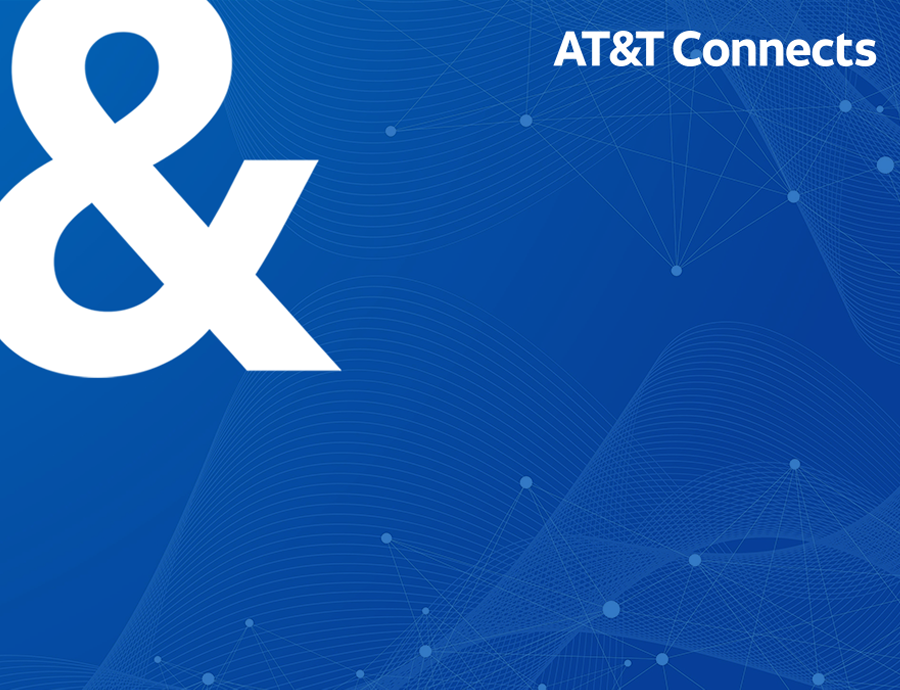Before the pandemic, we worried about the “the homework gap” – the learning that was missed because a growing number of teachers assigned homework that required internet access that was absent from many homes. Now, as the pandemic continues to force schools to rely heavily on remote learning, disconnected students are not just missing homework – they are missing critical learning.
According to one study by the Alliance for Excellent Education, in 2018, nearly 17 million children lived in homes without high-speed Internet, and more than 7 million did not have computers at home. The study also found that this issue affects a disproportionately high percentage of Black, Latino and Native American households. The Southern States are also hard hit. In Mississippi and Arkansas, about 40 percent of students lack high-speed Internet. In short, the homework gap has now become a national learning crisis.
The federal Lifeline program – a program intended to help make telecommunications services more affordable for low-income Americans – can and should help address these urgent connectivity needs. But that program as currently structured provides only a partial solution. The reason: the current Lifeline benefit of $9.25/month isn’t adequate to support critical broadband needs.
While modern communications technologies have evolved from voice calls over rotary phones to essential connectivity over the internet, the Lifeline benefit has increased little over the past 20 years. At less than $120/year, the benefit doesn’t support 21st century connectivity. For this reason, it is perhaps not surprising that many households eligible for the benefit don’t actually accept it.
It is also no surprise that a growing chorus of voices are calling for an increase in the Lifeline benefit. While such a move may be necessary, it is equally important to grapple with the increased cost of an enhanced Lifeline program and how it will be funded.
Let’s turn to the numbers:
Per a 2018 Census Bureau Survey, an estimated 38.6M low-income households were eligible for lifeline services under the current FCC rules. At the end of 2018, there were approximately 9.6M Lifeline subscribers, or about 25% of eligible households. And according to USAC reports, those numbers have continued to decline.
Current Lifeline benefits max out for non-Tribal consumers at $9.25/month, for a total cost to the program of approximately $81M/month or $972M/year.
Now let’s consider some of the proposals to enhance the Lifeline program, focusing on a hypothetical offering of $35/month to support eligible broadband services. Let’s also assume a greater percentage of eligible households participated in the enhanced program, including the households of some of the 16.3M Americans now unemployed.
If 50% of eligible households (or 19.3M) participated in the enhanced program, Lifeline program costs would rise to $675.5M/month or $8.1B/year – more than an eight-fold increase over current levels.
If 75% of eligible households (or 29M) participated in the enhanced program, Lifeline program costs would increase to $1.015B/Month or $12.1B/year – more than twelve times the current program’s budget.
For context, the entire Universal Service Fund, which supports Lifeline, E-rate, Rural Healthcare and rural broadband via the High-Cost program, costs $9B/year. Those costs are funded by the USF “tax” on consumer bills that is currently approaching 28%. Absent significant reform of the current USF funding mechanism, increasing Lifeline costs to $12B would rapidly break the entire system, potentially raising the contribution factor to over 90%.
The Lifeline Program is not capped, but it does have an annual inflation-adjusted budget of $2.385B. The actual disbursements, however, have been lower. In 2019, the Lifeline program disbursed roughly $981M in support, a decrease from 2018 when it disbursed over $1B. So, while there’s some room for expansion in the Lifeline budget, the current USF funding mechanism cannot accommodate the type of increased program expense that a $35/month benefit could drive. The financing becomes even more challenged if the benefit is increased to $50/monthly.
In the wake of the COVID-19 pandemic, we have argued that the Lifeline program needs to be reformed from its current provider-centric structure to one that instead puts the beneficiary at the center of a more digital approach, as modeled after the Department of Agriculture’s successful and evolving SNAP program. We must similarly reform the Lifeline funding mechanism.
As Congress debates increases to the Lifeline benefit, it should also ensure that funds are directly appropriated to support any benefit increase or otherwise ensure that the USF funding mechanism is significantly reformed. Relying on decades old funding approaches will only serve to undermine the goal of providing 21st century broadband connectivity to Lifeline eligible households.



